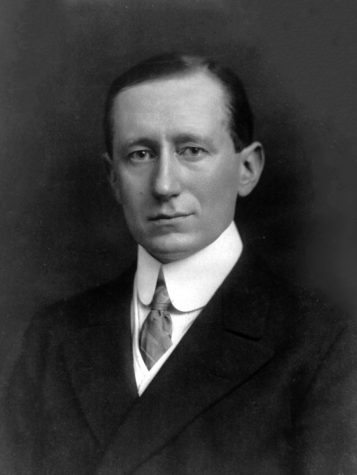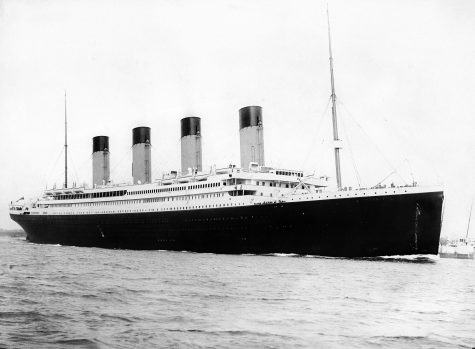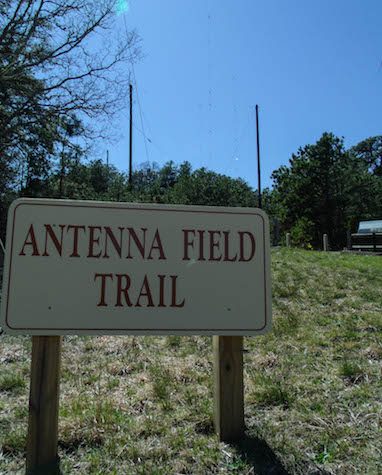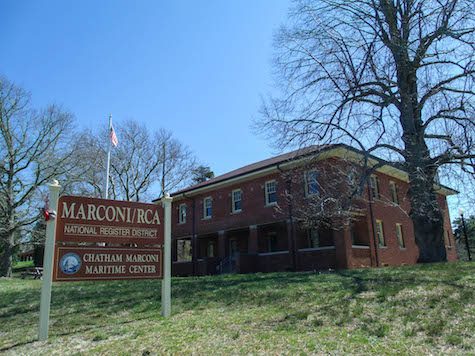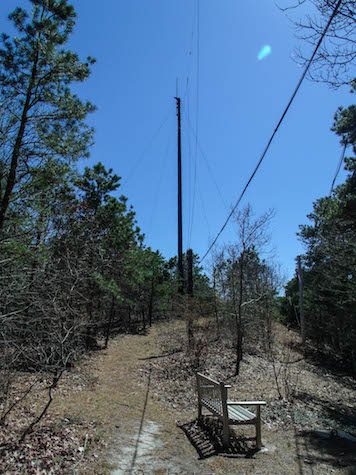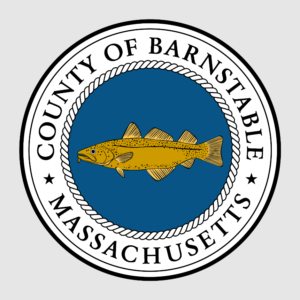On January 18, 1903 the first United States transatlantic wireless communication took place. It was a simple exchange of greetings between United States President Theodore Roosevelt and Britain’s King Edward VII. Wireless communication was pioneered by Guglielmo Marconi and this message was sent from his station in Wellfleet, Massachusetts.
For those unfamiliar with Marconi’s saga, the famed Italian inventor, born in 1874, began experimenting with wireless transmission in 1894 and received his first patent for them in 1896. He created the world’s first telegraph and signal company in 1897.
Marconi experimented with long-distance wireless communication at the Isle of Wight in England before coming to Cape Cod to build his station in Wellfleet to attempt the transatlantic message.
But did you know that Marconi’s fingerprints on Cape Cod extend further than Wellfleet? During the first decades of the 20th century, the inventor built stations in Siasconset on Nantucket, just off the Cape in Marion and a station in Chatham passed by hundreds of people every day along Route 28.
The station in Marion was the largest of them all. Built in 1914, it was 144-acres in size with 14 towers each 408-feet tall stretching over a mile. These towers were meant to be a direct communication line to the corresponding receiving station in Stavanger, Norway. At the time of its construction this station was called a ‘wonder of the 20th century.’
The ‘Sconset Marconi station was built in 1901 at 36 Main Street and was closed just after World War I. In 1908-1909 radio pioneer David Sarnoff lived on ‘Sconset and trained as a radio operator at the station. In 1919 the American Marconi company was bought and would become RCA and Sarnoff would become RCA’s president in 1930. He remained there until 1970.
The ‘Sconset station was the first American station to receive distress calls from the Titanic in 1912 and operator Matt Tierney alerted all other stations to the ship’s plight.
By 1914 the Wellfleet Marconi station had already begun to feel the wrath of the Cape’s stormy seas and it would be permanently closed just after World War I. Marconi knew he needed a more permanent, secure location for a wireless transmitter and he settled on a spot along Ryder’s Cove in Chatham. The Chatham station was christened WCC and it is the current home of the Chatham Marconi Maritime Center which opened in 2010.
Originally WCC had six 400-foot tall towers creating the antenna for wireless receiving. In 1919 five of the six were removed, the sixth would eventually be removed in 1956.
After its purchase of American Marconi, RCA proceeded to recommission WCC as a ship-to-shore station and it played a big part in World War II. During the war the station was taken over by the Navy and became an intelligence center intercepting messages from German submarines and transmitting them to Washington D.C.
In 1948 with technology improving, the receiving transmitter which had been at the Marion station to avoid interference, was moved to a new location along Forest Beach in Chatham. The 300-foot tall tower stood on the marsh side of the beach where it remained until 1999. The four concrete pilings which held the tower in place still stand as a reminder of what once was.
So what remains at the second Marconi Station in Chatham? There is a lot to see on the 13 acres that make up this historic landmark. The Chatham Marconi Maritime Center showcases a lot of vintage memorabilia and history of the station and Marconi himself.
Next door to the museum stands a red brick building which is the place most people see when driving past the station on Route 28. It was formerly known as Hotel Nautilus, built in 1914, and was the employee residence for the station. Lovingly renovated, it was reopened in 2014 as the Education Center and administrative offices.
Behind the buildings is the Antenna Field Trail. It is a short hike that leads you on the path of the original six Marconi antennas. The trail is only 650 feet in length and leads to the top of a hill to the site of the original antenna. There’s wonderful view of Stillwater Pond to the west, benches to rest, and informative panels on the trail that share the rich history of the Marconi site.
Although there is not much in the way of physical evidence of the Marconi site left in Wellfleet, the beach was named in his honor by the Cape Cod National Seashore in 1969. The station in ‘Sconset still stands as a private residence.
Marconi passed away in 1937 in Italy. However he left behind a legacy and historical importance that includes winning the Nobel Prize in physics in 1909 for his work in wireless telegraphy.
The Chatham Marconi Maritime Center is located at 847 Rt. 28 in Chatham
— By Chris Setterlund




